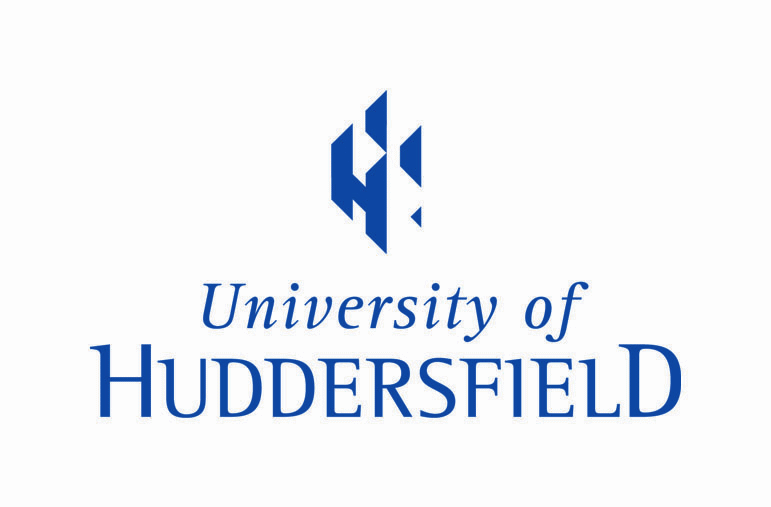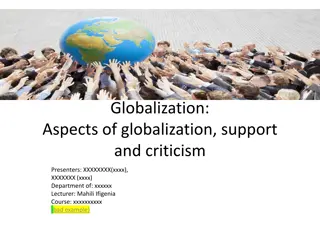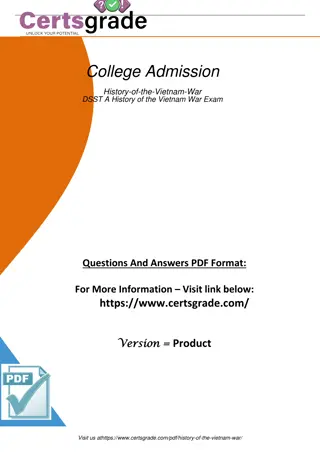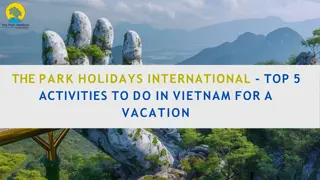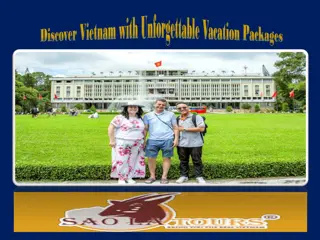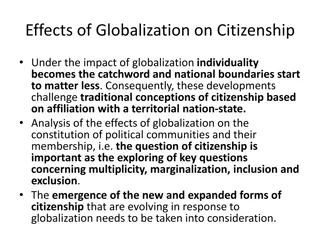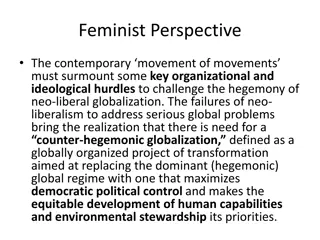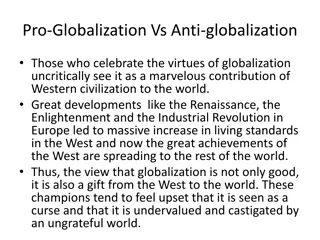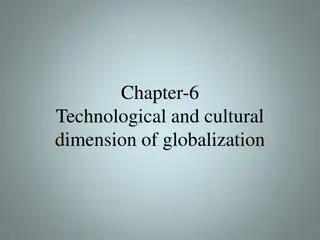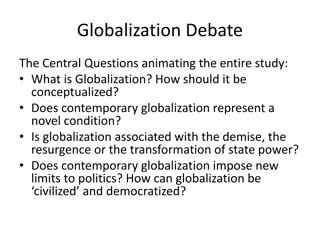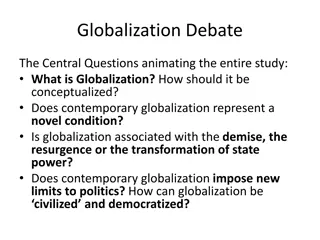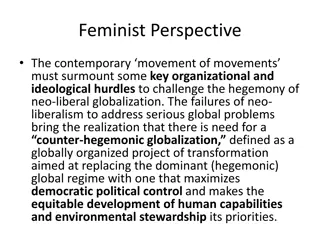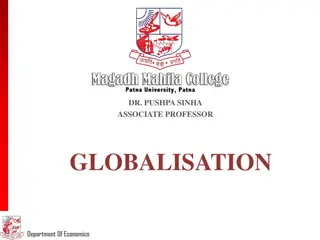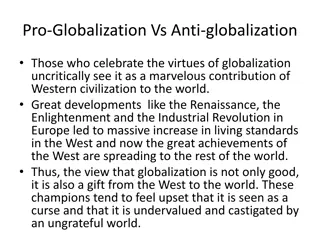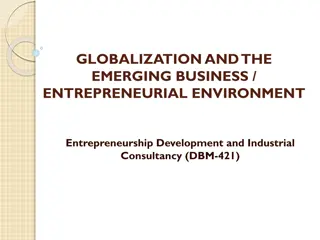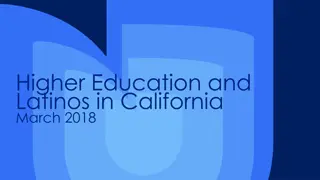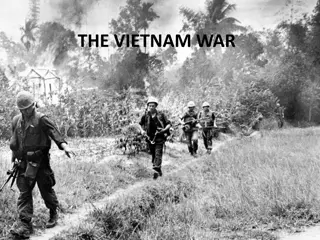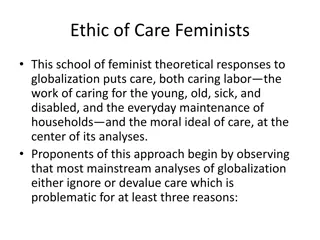When globalization meets a higher education policy in Vietnam
Analyzing the interaction between globalization and Vietnam's higher education policy through research on the reform agenda from 2006 to 2020, exploring responses and resistance to the global influence.
Download Presentation

Please find below an Image/Link to download the presentation.
The content on the website is provided AS IS for your information and personal use only. It may not be sold, licensed, or shared on other websites without obtaining consent from the author. Download presentation by click this link. If you encounter any issues during the download, it is possible that the publisher has removed the file from their server.
E N D
Presentation Transcript
When globalization meets a higher education policy in Vietnam Hieu Kieu University of Huddersfield
Title explanation A part of my research as full-time PhD student : researching one policy in higher education in Vietnam (VHE) The reform Agenda of higher education 2006-2020 (the Agenda ) Figure 1. My PhD thesis Intended practices (University contexts) Reconstruction (Individual contexts) Enactment (Policy context)
My research Critical interpretive paradigm: policy analysis + comparative case study Data: policy documents, 22 semi-structure interviews (university leaders, teacher union leaders, and student leaders) Analysis methods: Policy documents: Rizvi and Lingard s (2010) analysis of policy, Weaver-Hightower s (2008) policy ecology Interviews: thematic analysis
Title explanation globalization Sufix ization : sameness and spreading sameness Pathway: from to, and the in-between Appadurai (1996) s global flows of human, money, idea, technology, media : 5 scapes Carney (1998) s eduscapes and policyscapes Globalization: context, shifting priorities, values and collective consciousness
Title explanation a higher education policy in Vietnam = the Agenda In 2005, Resolution 14 or the Agenda of reforming VHE 2006-2020 Comprehensive and fundamental reform the system of VHE toward 2020: combination of the Vietnamese methods and the global methods Expanding system via non-state participation in providing HE (private, foreign investment) Renovating HE goverance Renovating teaching, learning and research activities By 2020, VHE = regional and global advanced standard serving the country s socialist transition
Title explanation meets When globalization meets a higher education policy in Vietnam The responses and resistance of the policy with globalization influence Title = context : when , then what? Meets = convergence or integration ? Received and reinvented?
Vietnam i m i policy in 1986 : the beginning of market economy socialist-oriented market economy Confucian-socialism : continuity of indegenious Vietnamese agricultural culture + Chinese imported Confucianism +Marxism-Leninism in Vietnam Market economy : market as experimentary rather than visionary complete the infrastructure for transitioning to socialist country
Higher education in Vietnam (VHE) after i m i Prior to i m i (1986) : Education as a part of the revolution of ideology and culture After i m i (1986) : Investment in education = investment in development In 1989, policy of socialization in education Privatization in education and higher education Connotation : equal contribution (regardless of inviduals and organizations) Vietnamese way: under State management and Party leadership
VHE since 1993: moving away from Soviet influence HE system re-construction in 1993 Building multi-disciplinary universities People-owned universities Fee introduction New qualification framework for HE
The Agenda of reforming VHE 2006-2020 Key objectives (1) A multi-tiered system (2) A multiple-owned system (3) A system- wide coordination (4) Strong and appropriate institutional governance (5) The integration of research and teaching (6) Increased private-sector investment (7) Increased funding support and the attainment of equity (8) Improved quality
Social imaginary of globalization Charles Taylor s (2002) social imaginary The ways people imagine their social existence, how they fit together with others, how things go between them and their fellows, the expectations that are normally met, and the deeper normative notions and images that underlie these expectations (p.106) Social imaginary : everyday practices, theory and policy Dominant social imaginary of globalization : neoliberal imaginary
Neoliberal higher education reform agenda (Rossier,2016) Enhancing autonomy for higher education institution Promoting competition between and among universities Increasing accountability of university Success of the agenda : strong political support
When globalization meets the Agenda, then what? Neoliberal imaginary meets with policy aspiration of reforming VHE (scenarios toward 2020) Leading Teaching Learning Research International cooperation Expanding and improving quality underpinning the promotion of privatization and market-reliance
When globalization meets the Agenda, then what? Neoliberal imaginary of HE reform is received but reinvented into the Vietnamese context 1-Received = building new practices from national to global Autonomy and university council Bringing research back to universities Promoting international cooperation (teaching, learning and researching) 2-Reinvented = challenging the old practices and back Into Vietnamese way : autonomy under the State management Walking between the line : the market and the State
References Appadurai, A. (1996). Modernity al large: cultural dimensions of globalization (Vol. 1): U of Minnesota Press. Carney, S. (2008). Negotiating policy in an age of globalization: Exploring educational policyscapes in Denmark, Nepal, and China. Comparative Education Review, 53(1), 63-88. Rizvi, F & Lingard, B. (2010). Globalizing education policy. Abingdon, Oxon: Routledge. Resolution 14/2005/NQ-CP on comprehensive and fundamental reforming higher education in Vietnam, dated November 2, 2005 Rosser, A. (2016). Neo-liberalism and the politics of higher education policy in Indonesia. Comparative Education, 52(2), 109-135. Taylor, C. (2002). Modern Social Imaginaries. Public Culture, 14(1), 91-124. doi:10.1215/08992363-14-1-91 Weaver-Hightower, M. B. (2008). An ecology metaphor for educational policy analysis: A call to complexity. Educational researcher, 37(3), 153-167.
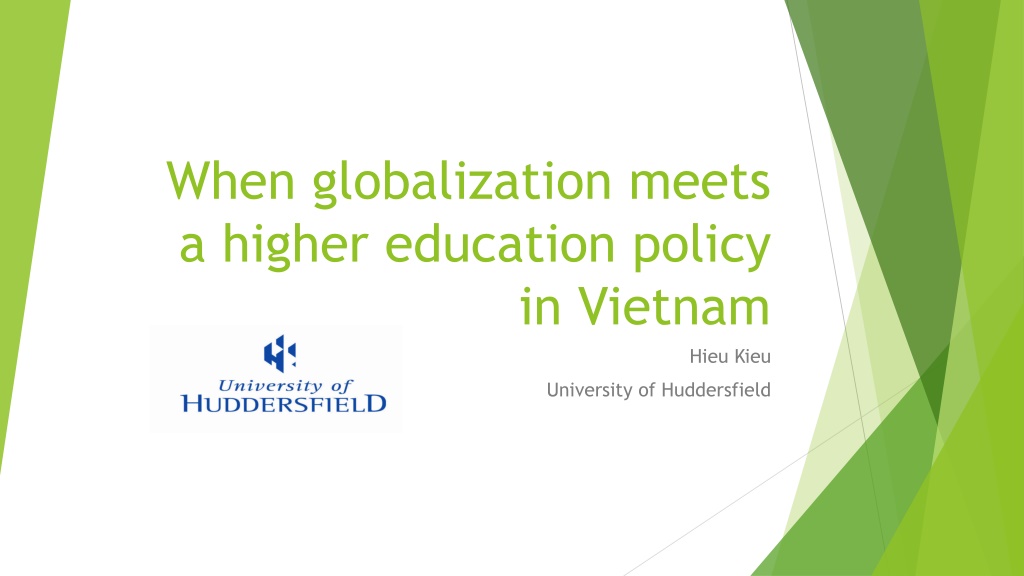
 undefined
undefined
